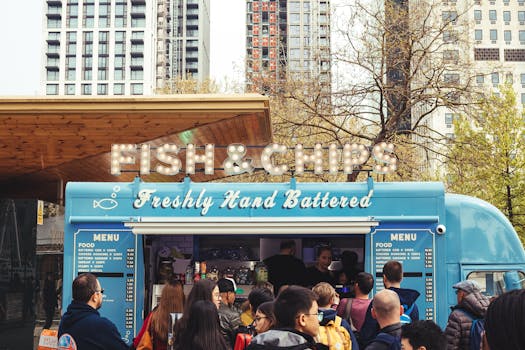Introduction to Culinary Journeys

Culinary journeys are more than just statements about food; they represent an exploration of cultures, traditions, and the stories behind distinctive dishes. As we cross borders, cities, and regions, each culinary experience brings with it its own tale, reflecting the locality’s history, climate, and social fabric. Travelers are no longer seeking fast food or quick bites; instead, they are on an insatiable quest to encounter the authentic flavors of different destinations.
Tracing the Roots: Understanding Global Cuisines

Every cuisine carries the essence of its origins; understanding global cuisines requires we explore traditional cooking methods, regional ingredients, and age-old recipes passed through generations. Whether it’s tapping into the spicy depths of Indian curries, savoring the umami in Japanese ramen, or relishing the simplicity of Mediterranean mezze, these culinary traditions nurtured through time and geography establish vital connections.
Additionally, global cuisines often intertwine due to cultural exchanges, migrations, and colonization. So, while flavors may originate in a particular zone, food can evolve into new forms practically anywhere in the world—an understanding central to culinary travel.
The Role of Street Food: Unleashing Culinary Treasures

In our culinary adventure, it’s imperative to spotlight street food—a crucial element within any culture that encapsulates the heart beating at the feet of the locals. From sizzling taco carts in Mexico, warming banh mi stands in Vietnam to aromatic hawker centers efficient in selecting fried rice around Southeast Asia, street food is an aphorism for authenticity.
It’s also economically priced, allowing adventurers to dive into roaming destinations without going broke. Eating from the bustling streets immersively discerns local specificity in cooking techniques; approaching a street vendor often leads to newfound friendships, cooking classes, and insightful exchange of food lore.
Culinary Classes: Hands-On Learning Experiences

Increasingly, tourists immerse themselves in experiences linked closely with local culinary methods that offer a sublime twist to traditional tourism. Culinary classes, like pasta making in Italy or cacao plantation visits in Ecuador, create memorable ties between traveler and destination from field to fork.
These lessons nurture respect for local culture while transmitting cooking skills that integral in centuries’ standing and practised every day. Navigating your way about navigating produce markets distinctly intertwined with a city’s heartbeat become substantially enjoyable as your perspective navigates not just through its palate but its landscape and history as well.
The Importance of Sustainable Practices in Culinary Travel

Another vital theme of modern culinary journeys involves sustainability. With increased awareness about farm-to-table movements and the environmental impacts of industrial farming, discerning food enthusiasts are naturally drawn to culinary experiences mindful of local ecosystems. Only by selecting organic microfarm visits and meals planned through seasons while zeroing in on local ingredients can the heritage behind certain historical recipes gain salvation.
Sustainable culinary journeys directly benefit the environment and locality; they ensure you left without imbalance in specific norms pertaining such as land management. Crafting these trends back while on the continent nurtures beneficial culinary upskilling for alternate travelers around culinary evolution tailored for future generations.




